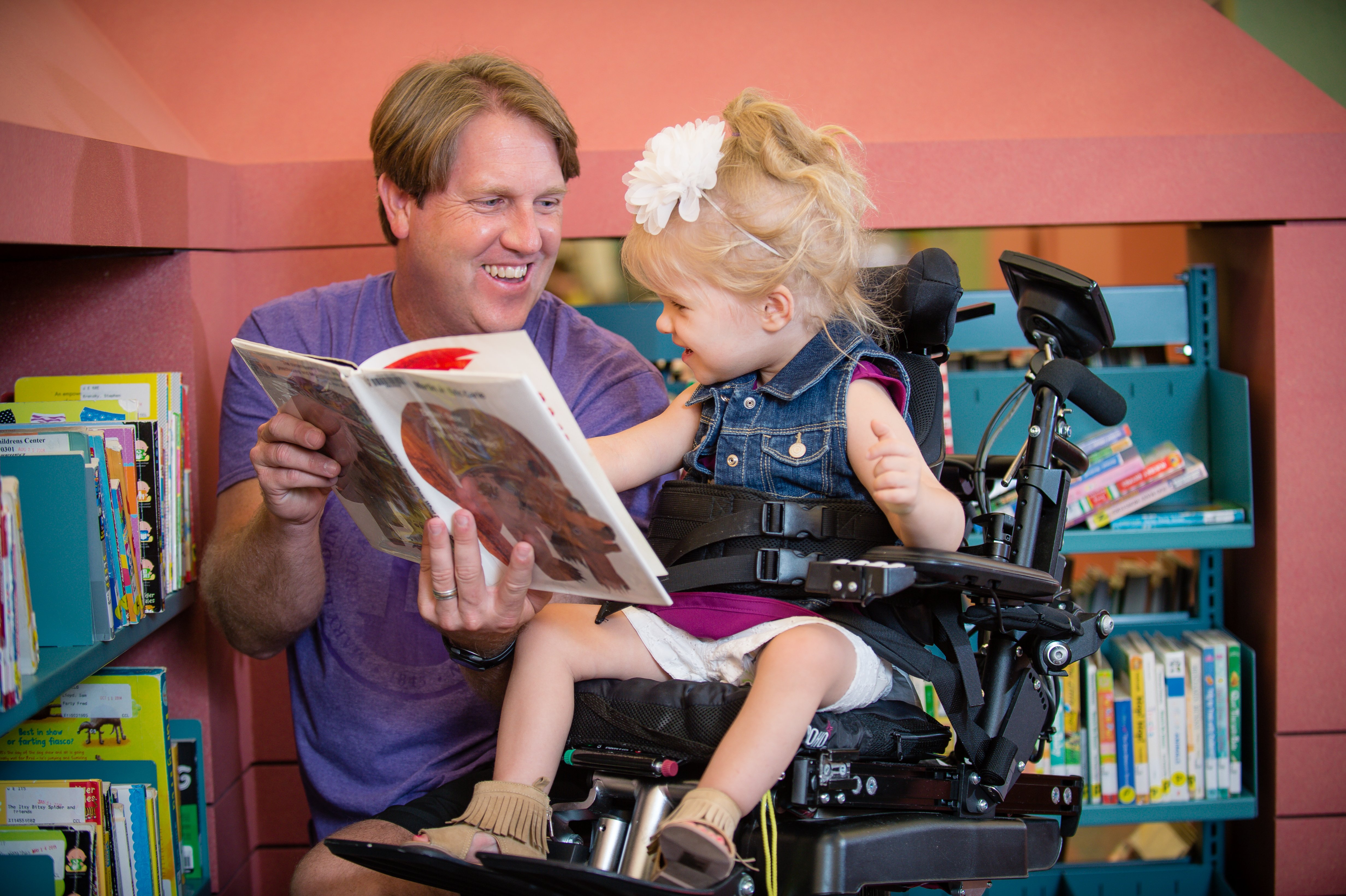As summer winds down and families gear up for the school year, it’s important to keep in mind that preparing students who use wheelchairs may involve more than just buying the supplies on the list provided by the school or teacher. Whether you're a parent, clinician, educator, or equipment provider, making sure mobility equipment is ready for the classroom is a key part of setting students up for success.
Here are a few things to consider before the first bell rings:
1. Equipment Fit Check
Every student wants to make a great impression on the first day of school, and nothing ruins that faster than clothes that don’t fit. The same goes for seating and mobility equipment. If it’s not properly fitted, it can affect posture, comfort, independence, and focus in class.
Before the school year starts, take time to check and adjust equipment so students feel confident and supported.
Be sure to take a look at:
- Backrest height
- Cushion depth and width
- Armrest and footplate height
- Headrest position
2. Cushion Condition

Is the cushion still doing its job? How does the cover look? How is the student's posture while seated?
If it’s worn out, flattened, or if something just doesn’t look right, the cushion may not be providing the support or pressure relief the student needs. A quick check can help prevent discomfort and long-term issues. And remember, good seating starts with a properly positioned and supported pelvis.
3. Wheels & Casters
Worn-out tires or misaligned casters can not only make it harder to navigate hallways and outdoor areas but also can have a negative impact on the body of the person propelling the wheelchair.
Check for:
- Tread wear
- Flutter or wobble
- Smooth rotation
- Debris
4. Wheel Locks
Properly functioning wheel locks are critical in situations such transfers, classroom activities, riding on the bus, and any situation where stability is key.
Take a moment to:
- Test both sides to ensure they lock securely
- Confirm they’re easy for the user (or staff) to operate
- Check for wear or looseness that could affect performance
If anything feels off, contact your equipment provider for an adjustment or repair.
5. Transport Readiness

If the student uses school transportation, confirm that the wheelchair is compatible with the school system’s policies and their securement systems. Make sure tie-down points are secure and accessible and communicate any special instructions to transportation staff.
6. Electronics & Battery Health
A dead battery on a power wheelchair mid-day is never fun, especially at school during recess!
It’s important that students who use power wheelchairs attend to some specific things such as:
- Checking battery voltage and charging habits
- Confirming charger settings match the battery type
- Reviewing any error codes or alerts from the system log
- Ensuring Bluetooth or MyPermobil features are activated if applicable
7. Seat Frame & Components
Give the entire wheelchair a once-over:
- Tighten bolts on the seat pan, footplates, and headrest
- Check cable routing
- Test tilt, recline, and legrest functions
If anything feels loose or off, reach out to your equipment provider.
8. Classroom Setup

Work with school administrators, teachers, therapists, assistants, etc. to ensure the classroom layout supports mobility. Clear pathways, accessible desks, and proximity to resources can make a big difference in independence and inclusion.
9. Emergency Planning
Ask about the school’s evacuation procedures and make sure your child’s mobility needs are included. Who will assist during drills? Are accessible exits available? Is the plan documented and practiced?
10. Schedule a Service Check
Before the school year begins, schedule a maintenance check with your equipment provider. Some students and/or caregivers may also want to consider setting up an appointment with a wheelchair clinic or with the therapist on the student’s treatment team who assists with equipment recommendations.
Back-to-school prep is a team effort and clear communication is a key to success. By checking in on equipment, collaborating with school staff, and planning ahead, we can help students who use wheelchairs start the year with confidence, comfort, and the support they need to thrive.
For more information, check out Episode 13 - Navigating school with a wheelchair and Episode 14 - Clinicians' tips for back to school of the Wheelchair Nerds Podcast.
 Angie Kiger, M.Ed., CTRS, ATP/SMS
Angie Kiger, M.Ed., CTRS, ATP/SMS
Senior Marketing Operations Manager
Angie Kiger, M.Ed., CTRS, ATP/SMS earned a Master of Education degree in Assistive Technology from George Mason University. She is an Assistive Technology Professional (ATP), Seating and Mobility Specialist (SMS), and a Certified Therapeutic Recreation Specialist (CTRS). Angie has over 20 years of experience working in the field of assistive technology serving infants, children, and adults in inpatient, outpatient, school, and community settings with a variety of diagnoses. In addition to working as a clinician, Angie has served as an adjunct instructor at George Mason University and presented hundreds of clinical education trainings both in-person and virtually for global audiences. She has written articles for trade publications and been involved in clinical research. Angie is a member of and serves on the executive board for the nationwide advocacy group The Clinician Task Force. She joined Permobil Americas in mid-2022.

